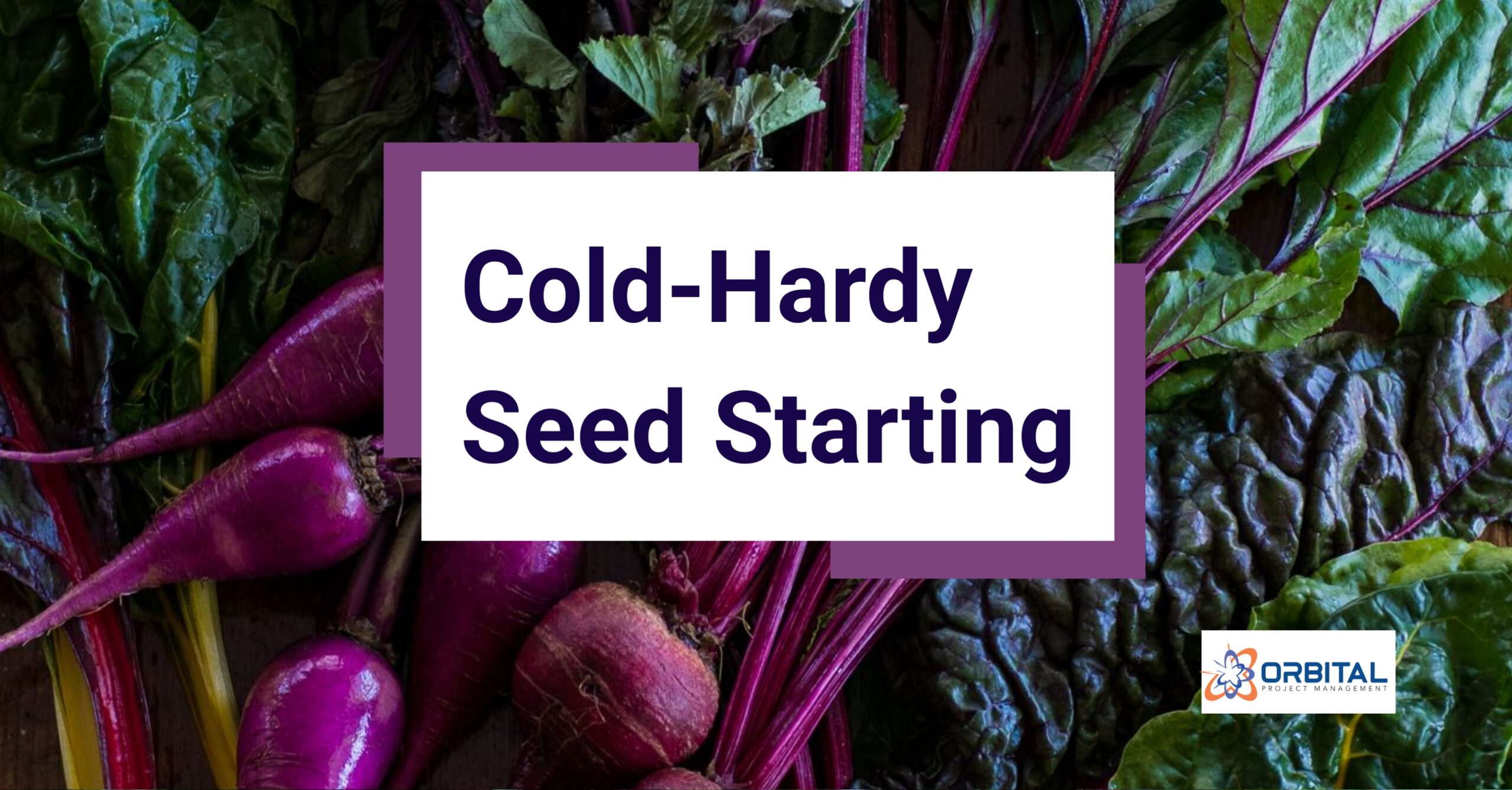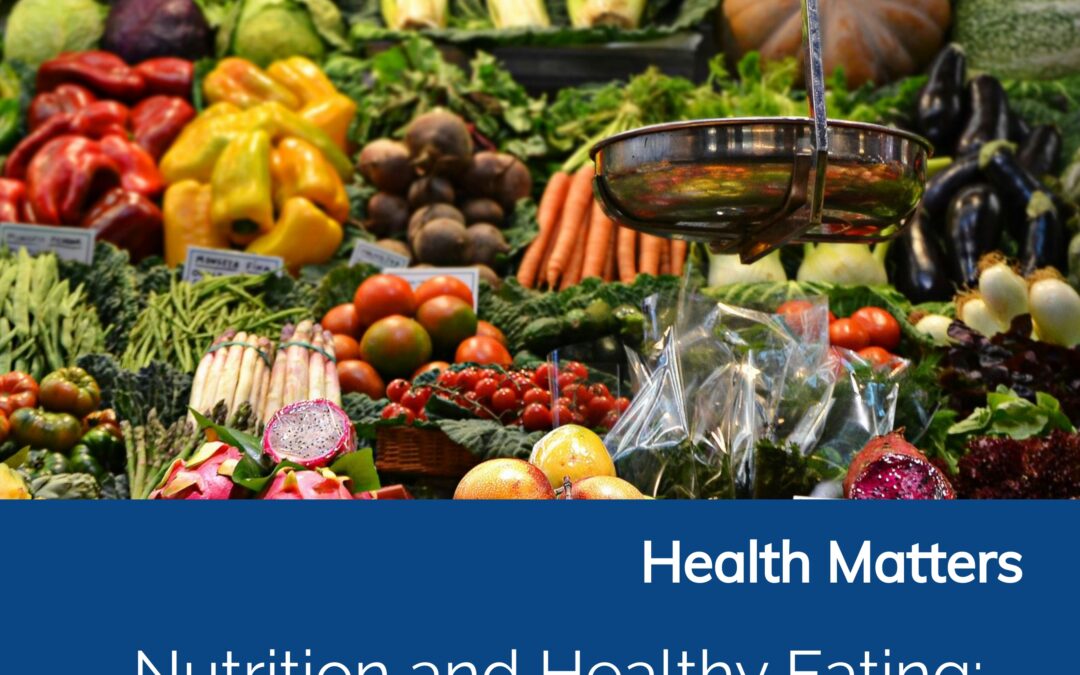Are We There Yet?
Depending on where you reside, you may be lucky enough to have already passed your last frost date for the region. Others of us have a few more weeks to go. If you started some tender varieties that needed several weeks to get going indoors, then you’re probably more than ready to get them outside. Enough already with the rotating trays, checking water levels in tiny containers, and making sure every one of them is off to a good start.
The Good News
Not all plants hate cool temps or even a little cold snap after they have sprouted outdoors. From flowers to greens and fruits to veggies, now is the time to direct sow some different seeds into your garden. If you can turn the soil, then grab some of these seed packets and let’s get growing!
Make no mistake…
This is NOT the time to be putting your indoor-sprouted tender seedlings out into the big cold world. If you’re having warm days, then you can set your seedling trays outside to begin the process of “hardening off” where they learn to acclimate to greater temperature fluctuations. Just be sure to bring them in for the night so they don’t get injured by the cold.
Cool Weather Flowers
Think of the first “summer” flowers that show up when the brilliant spring bulb display ends. These hardy varieties are happy to germinate (or regenerate for perennials) as soon as temps begin to warm.
- Poppies
- Salvia
- Columbine
- Pansies
- Snapdragons
- Scabiosa
- Sunflowers
- Dandelions
If you’ve drunk the pristine lawn Kool-Aid, then you probably think I have lost my mind including that last one on the list. Allow me to explain…
Dandelions are extremely useful plants. Their flowers are often the first food for pollinators in early spring. Their green leaves are flavorful and packed with nutrients. And, you can make delicious jelly from their blossoms. So, before you start cursing their cute sunny blooms and apply environmentally-unfriendly chemicals on them, give them a try on your dinner plate. That is, only if you have a chemical-free lawn or place you forage for them.
Cold-Hardy Greens + Herbs
This is where the earliest fresh veggies begin. Some of these plants actually PREFER a cold start. Some of them will tolerate a light frost but not a hard freeze, so make a plan to cover them if you get some downright freezing weather after they have sprouted. Or gamble on it. You know who you are.
- Spinach
- Kale
- Mustard greens
- Cabbage
- Broccoli
- Swiss chard
- Parsley
- Dill
- Chamomile
- Cilantro
While the cruciferous crew love the cool temps, it will take things like cabbage and broccoli longer to mature if you don’t start them indoors. If your growing season is especially short, indoor starts and transplanting will work much better.
The Cold Never Bothered Me Anyway “Frozen” Veggies
This cast is happy to hit the soil weeks before the post-frost safe zone. Feel free to get the seeds, onion slips, or seed potatoes planted as soon as the soil is workable. (Read: You can get a shovel at least 12” deep and turn the soil above any frost line.)
- Radishes
- Carrots
- Peas
- Beets
- Leeks
- Onions
- Potatoes
Onions can be planted from seed, but it is more popular to transplant “slips,” or onion seedlings. Potato plants also make seeds, but unless you’re creating a new variety, the easiest thing to do is to plant either “seed potatoes” that you buy or take a potato from your pantry that has sprouted eyes. Simply take the sprouted potato, cut it into chunks that each contain a few sprouts, let it “cure” in the air until the cut sides are dry, and then plant those in the soil.
Note: Potatoes here do not include yams or sweet potatoes, which are entirely different sorts of tender plants that require warmer temps to grow.
First Fruit
There are a few fruits that can handle cool starting temps. Strawberries, raspberries, and blueberries come to mind. They are super hardy and can handle frost. However…
Most of these fruits are grown from small plants that were runners, suckers, or sprouts from parent plants. The only non-tropical fruit that I have successfully grown from seed is strawberries. If you want to try some of the rarer varieties like the French everbearing Mara des Bois, go ahead and give strawberry seed starting a try. You’ll get smaller, softer, and much more flavorful fruits that would never survive packaging and shipment. Homegrown strawberries = Happy tastebuds.
Strawberries are extremely cold-weather hardy and will produce runners with new baby plants each season. Second and third year plants bear more fruit. So, once you have some seedlings that make it through summer, you’ll have your own strawberry factory!
Stay tuned for next month’s chapter of OPM’s garden-along. We will cover post-frost transplanting and watering tips to ensure your plant babies get off to a good start!
Want great info direct to your inbox?
Sign up here to receive The Nucleus each month.






